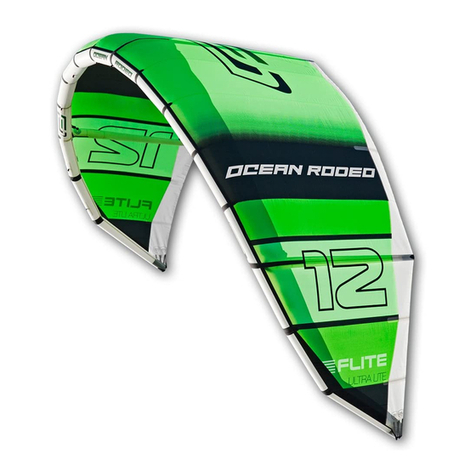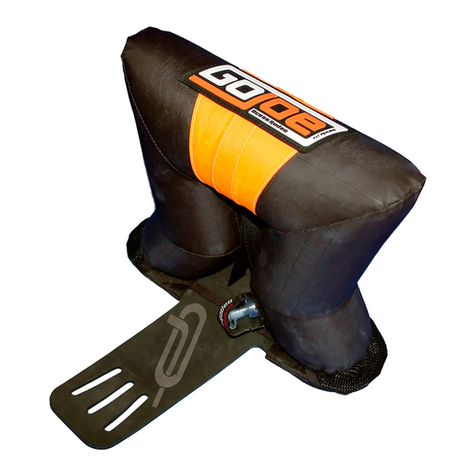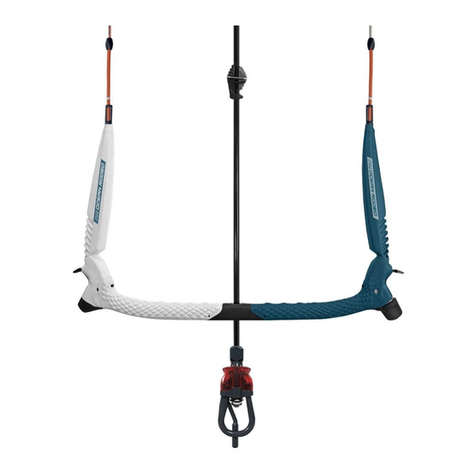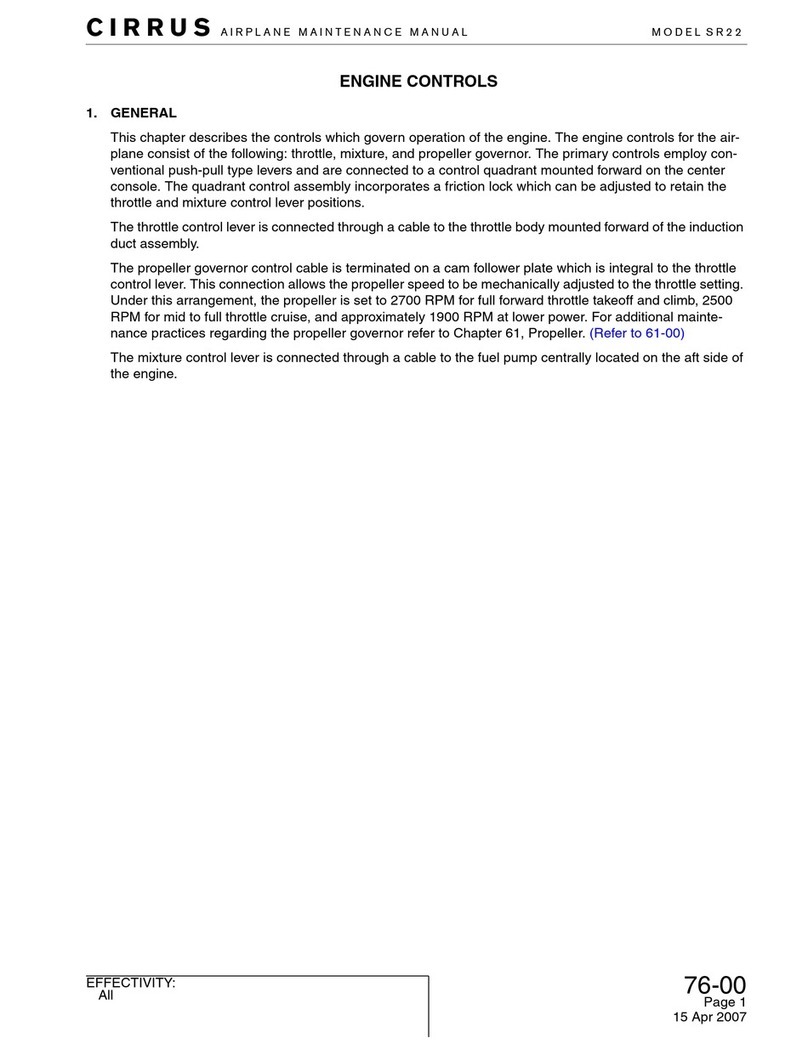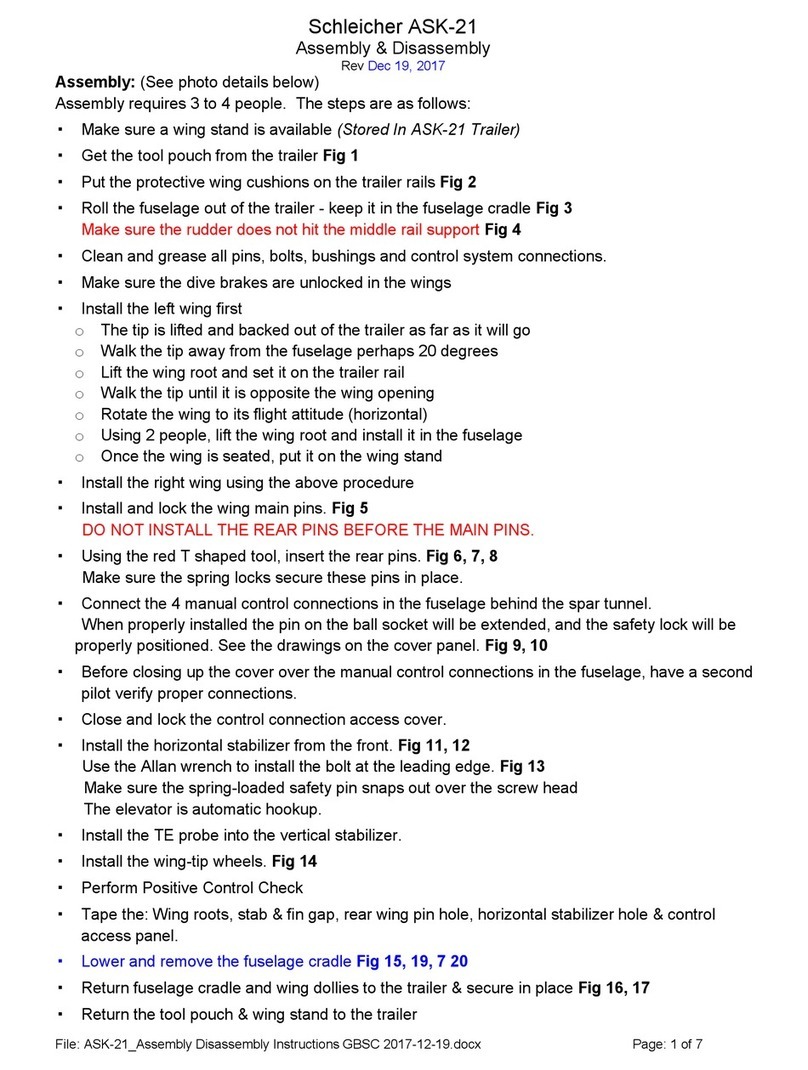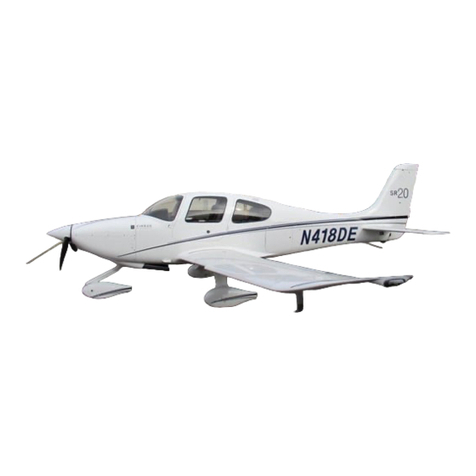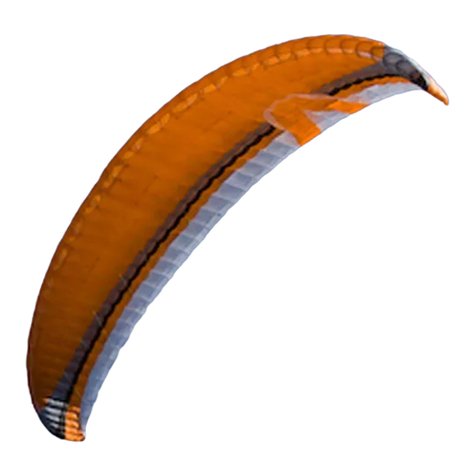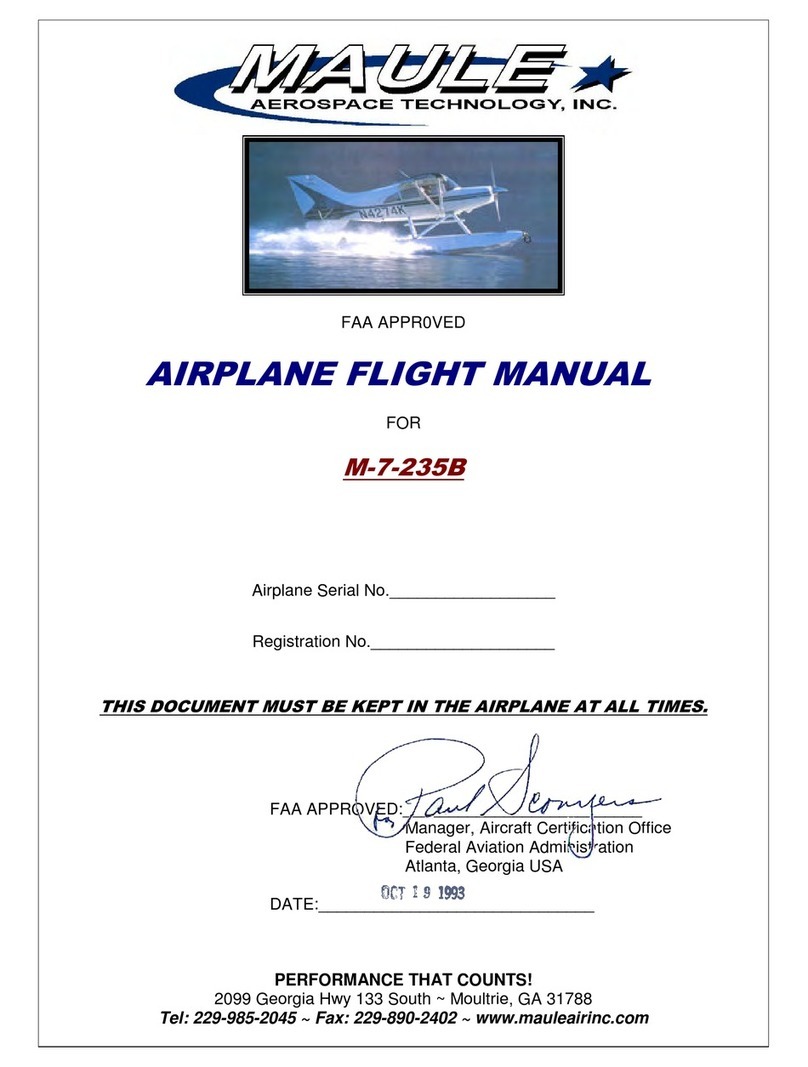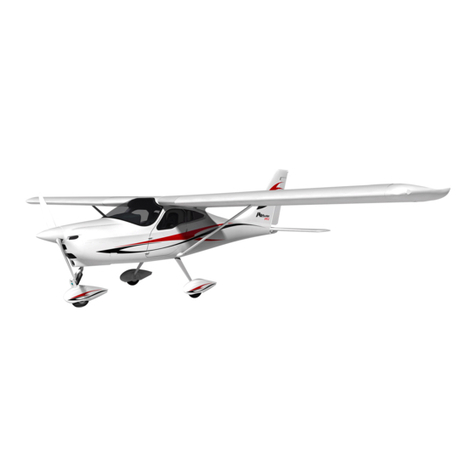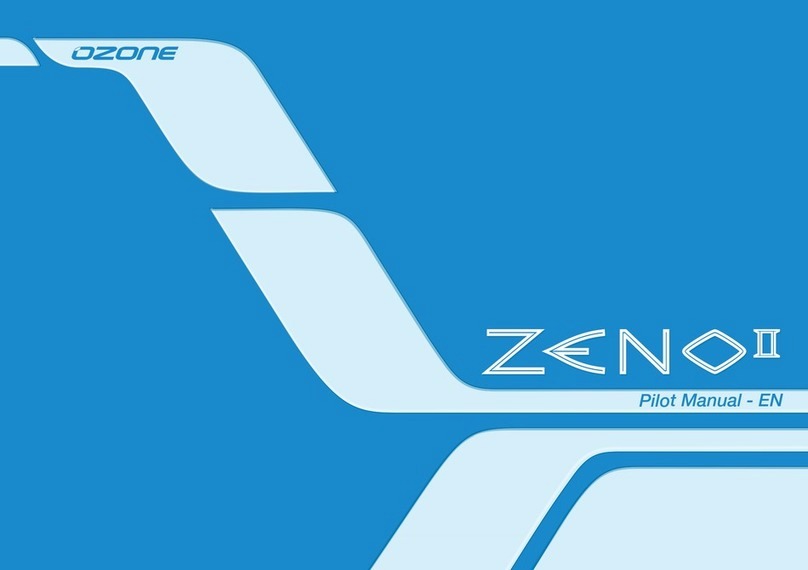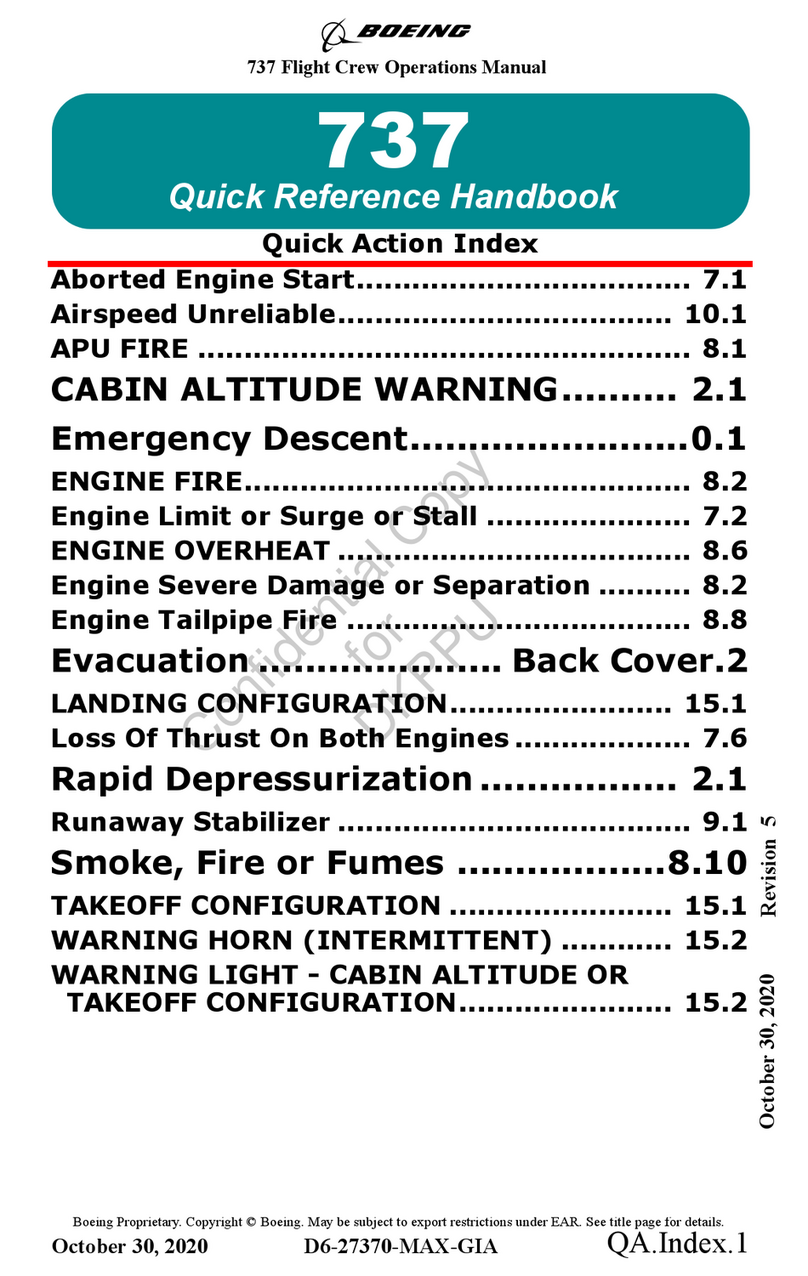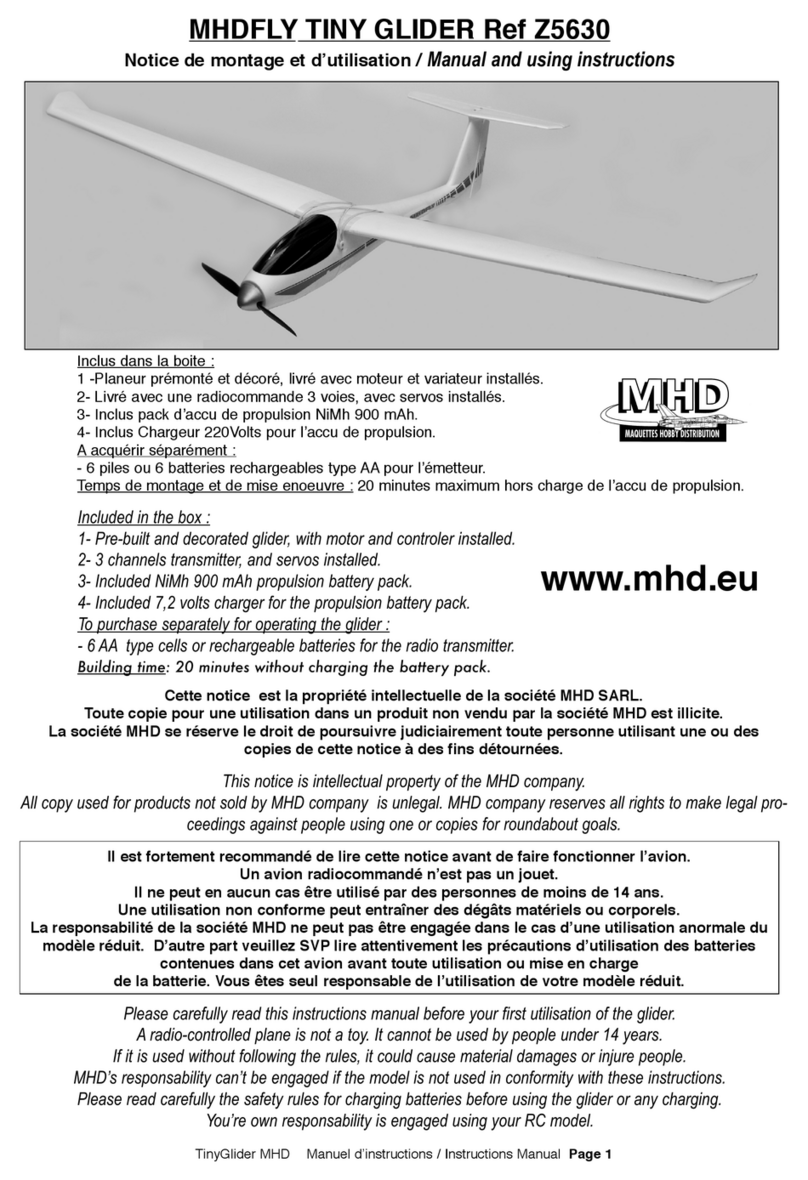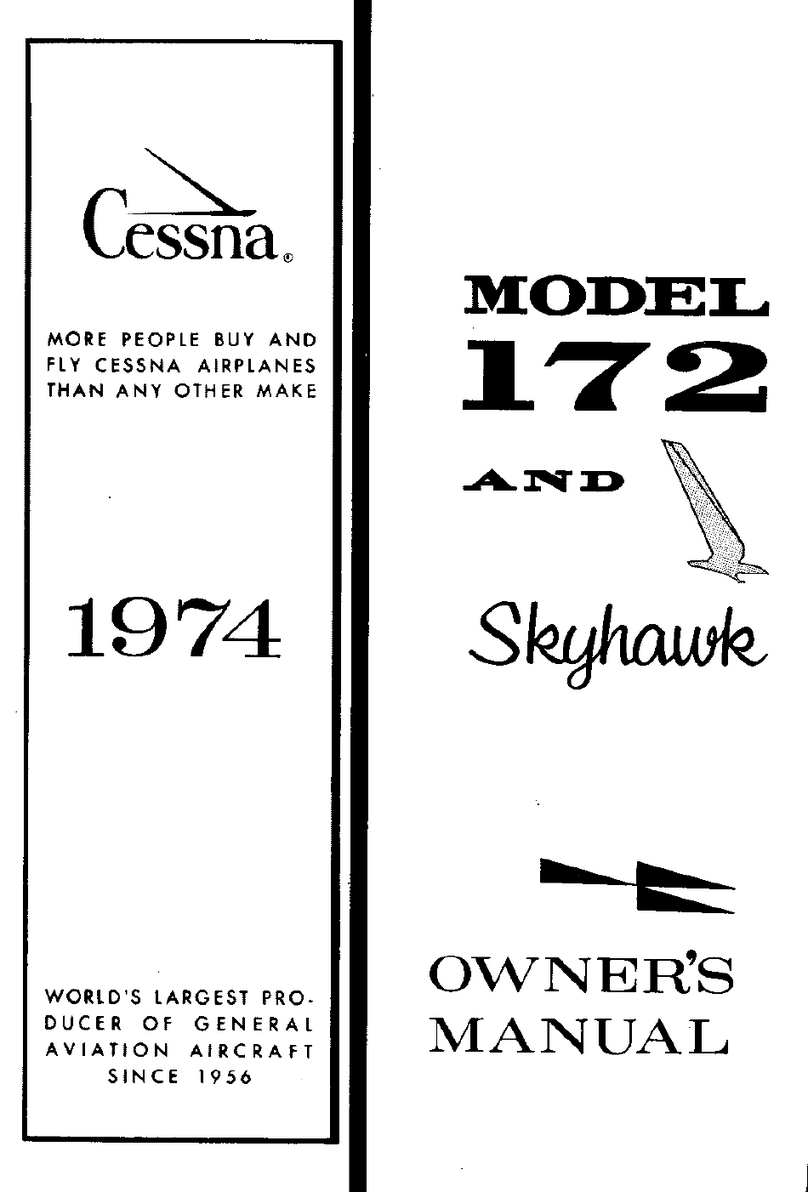
3
Caution: Kite powered sports can be very dangerous and physically
demanding.The user of this product should understand that participating
in kite powered sports may involve serious injury or death and agree to
observe the following safety precautions:
� Get instructions specific to your kite and its safety systems.
� Be first aid certified and carry first aid and rescue devices.
� Consult your doctor prior to taking kite lessons.
� Always wear a nationally approved personal flotation device when on
the water.
� Dress appropriately for the weather and water temperatures.
� Check your equipment’s condition before every session; look for signs of
use and potential failure.
� Never kite alone.
� Do not kite in overpowered or gusty conditions.
� Do not kite in offshore wind conditions.
� Before launching your kite at an unfamiliar location, scout for safety
hazards and consult other kiters in the area for possible concerns (rocks,
reefs, currents, changeable weather, local ‘best practices’, etc).
� Never launch with obstacles or people closer than two full line lengths
downwind.
� Never kite near power lines!
� Never ask a non-kiter to launch or land your kite!
� Always wear a kite leash! Never wear a board leash!
� Always weigh your kites with rocks or sand when on the beach to prevent
inadvertent launch.
� Always announce your launch so people around you can be prepared to
move or assist in the event of a problem.
� Do not exceed your ability. Be honest with yourself.
� Never use alcohol or other mind altering drugs prior to kiteboarding.
� Never modify or otherwise alter any safety or release system.
� Never kite if your release system is not fully functional.


